Springtime Found Us Busy As Bees
Bee Keeping in The Appalachians
Early spring in the mountains was a time of renewal. The cold winter had passed, and the hills were waking up again. Once again, there were things we could harvest from nature to add to our meals. The fish were running in the rivers. It was birthing time on the farm, and the bees would start to swarm.
We had two bee yards (apiaries) on the farms that we lived on. One was at the farm on Flacky Creek, and the other was at the homestead on Hurts Creek. Mom had moved the family back to the Hurts Creek homestead because it was closer to town, and easier for the kids to walk to where we could board the school bus.
My dad stayed at the Flacky Farm, and we stayed at Hurts Creek during the school year. The Flaky Creek farm was very isolated and Dad did not have a phone. If the bees swarmed, we had to call the neighbors that lived across the river from him and ask them to relay the message. They would then cross the Cutchin river, in a john-boat, to tell him he was needed at Hurts Creek.
The swarming season was always a time of excitement. The way we reacted, you would think that we had never seen a swarm before. But to claim the honor of finding that first swarm gave one bragging rights among the siblings, and we just couldn’t wait until dad got there to tell him who had found the prize.
Keeping Bees Was No Easy Task
Before the swarming season began, preparations were made to have extra hive bodies, frames with comb foundation, and extra supers ready and waiting. The hive bodies are the first and second boxes where the bees lived. Supers are the boxes that are added above the hive bodies where honey is stored. They had to be added to the existing hives once the honey flow started.
It was a busy time. The beehives each had to be inspected regularly for ants, mites, and foulbrood. There were also inspections to keep queen cells broken out to prevent over-swarming.


The whole family helped with the bees. We all knew how to assist dad as he retrieved the swarms from trees around the farm. Seeing a swarm in the air was a sight to behold. You could hear them long before they came into your line of vision. They would usually fly in a tight formation, looking like a small dark cloud as they searched for a place to land. Sometimes the entire swarm would circle in the air looking for prime real estate for their beloved queen. It was a beautiful thing to see, and I never tired of it.
Harvesting The Honey
Extracting time came with a new set of challenges. The extracting machines had to be carefully cleaned, a work area had to be prepared, and the tools for processing the honeycomb had to be readied as well. Usually, my father and brothers would retrieve the supers from the bee yards and bring them to the extracting area. Even with Dad using the bee-smokers to try to dislodge the honeybees before transport, a few stragglers would always manage to hang on to the honeycomb until it reached its destination. It was pretty much an accepted fact that you were going to get stung at least once if you were helping with the extraction. But, we were used to it, it was just a normal part of the process.
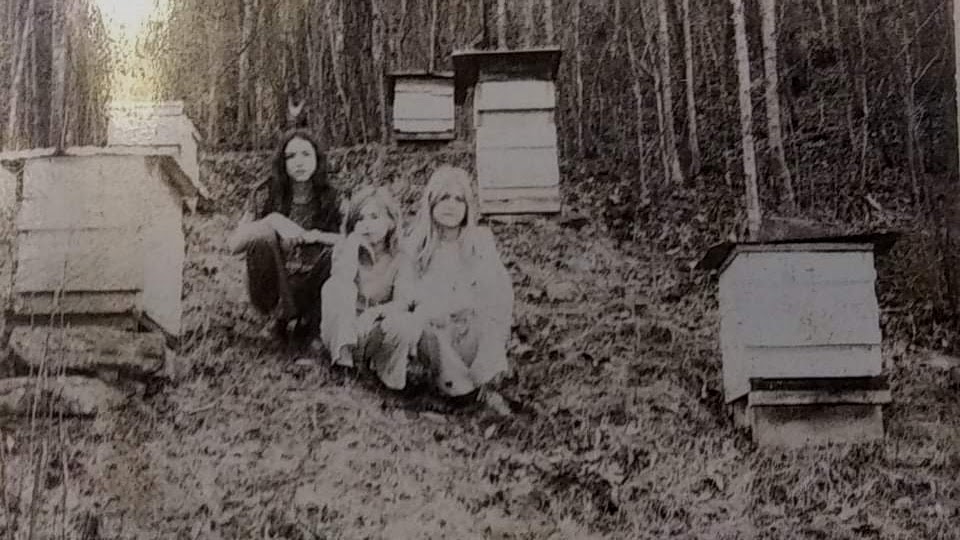

Frames of honeycomb would be pulled from the super, and the very top layer was removed to expose the cells of honey underneath. This was usually my mom’s area of expertise. A tool called an “uncapping knife” was used to slice the top layer of the honeycomb. The knife was heated to allow it to slice easily through the honeycomb without damaging it. Sometimes when she needed a break, she would let one of us girls step in to take her place. It was such an honor to be chosen to help.
The “cappings”, as we called the top layer of honeycomb, went into waiting bins that were outfitted with wire strainers. Honey would eventually drip down, from the small sheets of wax honeycomb caps, into the bucket below.
We kids could not wait for the chance to be allowed to sample the fresh honey as we extracted it. We would take cappings from the strainer buckets and chew them as one would bubble gum. The sweet taste of honey that was still slightly smoky, from where dad had used the bee-smokers to remove the supers, was irresistible. We would end up eating so much honey that we all had tummy aches by the end of the day. The next day would find us gorging on the honey again.
By the end of the honey extraction, we would have barrels of honey. It was then transferred to waiting jars, and the labels were put in place. It was then ready to be taken to roadside stands and flea markets to sell.
Between swarming season and extracting season, spring held many more adventures. It was also a time for gathering wild foods from the hills, but that is another story for another time.
Saving The Honeybees
Sadly, honeybees have begun to decline and no one really knows why. Without pollinators, humans cannot survive. You can help protect honeybees by allowing wild areas such as bush rows to grow on your property. You can also plant wildflowers that attract pollinators.
Another way to help ensure the survival of honey bees is to work carefully with your local farm co-op agency to learn the proper procedures for spraying insecticide on lawns and crops.
If you are interested in becoming a beekeeper, I have listed some resources below that you may like.
What To Do If Bees Show Up On Your Property
If you find a swarm on your property, call your local co-op. They should be able to put you in touch with a beekeeper who can tell you what type of bees they are. If it is Africanized Honey Bees, they can be dangerous and will need to be exterminated. This type of bee is a hybrid and is often found in the more southerly states. But, if it is European honeybees (regular bees) then the beekeeper will most likely remove them for free.
Other stinging insects are often confused with honeybees. Most are types of wasp, including yellow jackets and the Bald-faced Hornet. There are no true hornets native to the United States. The Bald-faced Hornet (a cousin to the yellowjacket) is responsible for building the huge paper-like nests that so many add to art as “bees nests”.


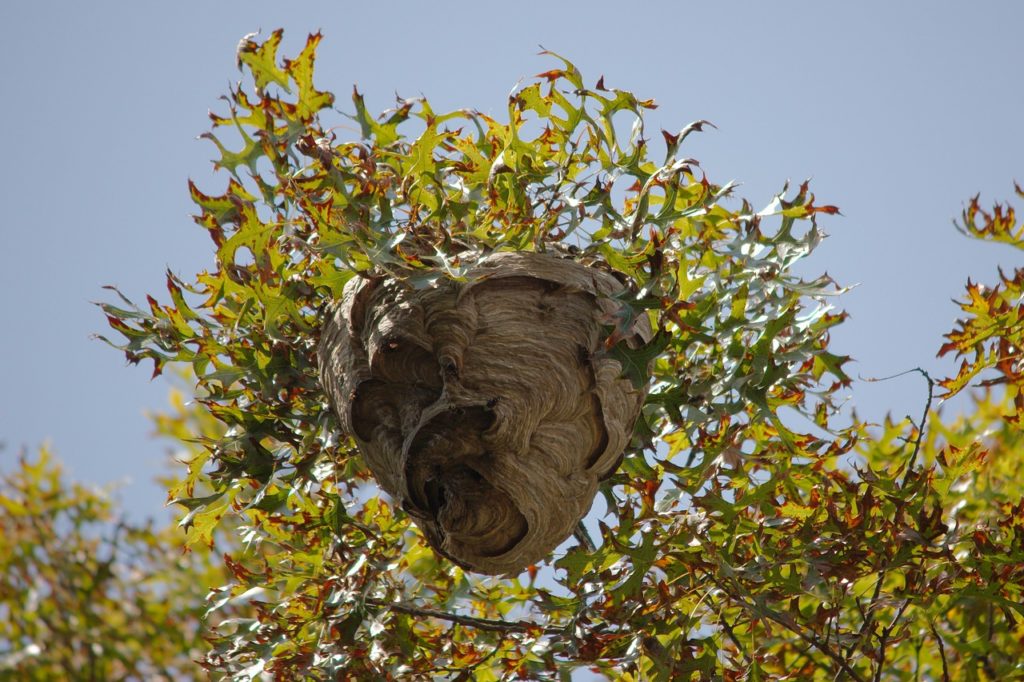

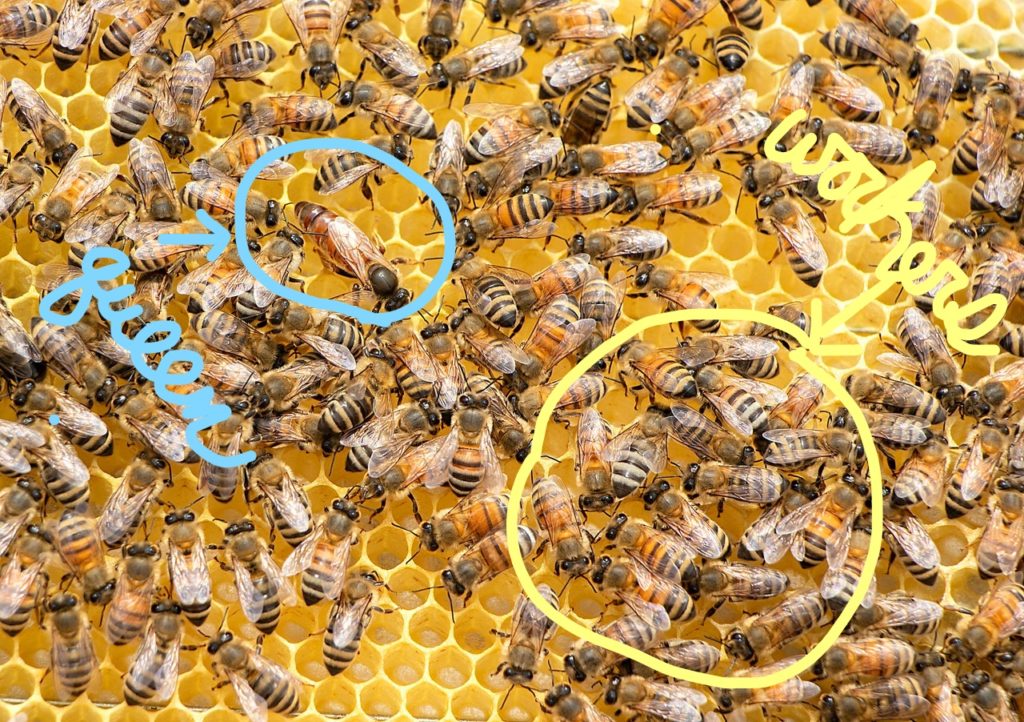

YouTube video on the importance of bees and what to do if they show up on your land.
Further Reading About Joe Feltner
and the Flacky Creek Farm
If you would like to read a story about my dad (and see amazing artwork that features my little brother, my dad, and cousin) then you may be interested in the book Mirrored Souls- A Study of Paul Murray’s Art.
None of the links are affiliates.
Paul Murray and his wife are amazing people, and I love all of his art, especially that which features my family.
Dadant and Kelly were household words for us. Walter T. Kelly was a wonderful person. He donated beekeeping manuals for my father to give out at the Breathitt County Honey Festival. Many of the honey-based recipes that I still use are from Mrs. Kelly’s cookbook.
Although my family had no personal connections with Dadant, my brother and father sometimes used them as a resource for supplies.
Other acknowledgments: The art used in the Header is an original by Marshal Mills. It is a pencil drawing of our cabin at Flacky. Contact information for the artist is available upon request.
“Bee” Happy and Enjoy This Beautiful Spring
Thank you for stopping by today and taking this trip with me down memory lane. Drop a line to say hello, and let me know how you are doing if you are new to beekeeping.
Y’all come back soon.
Vikki

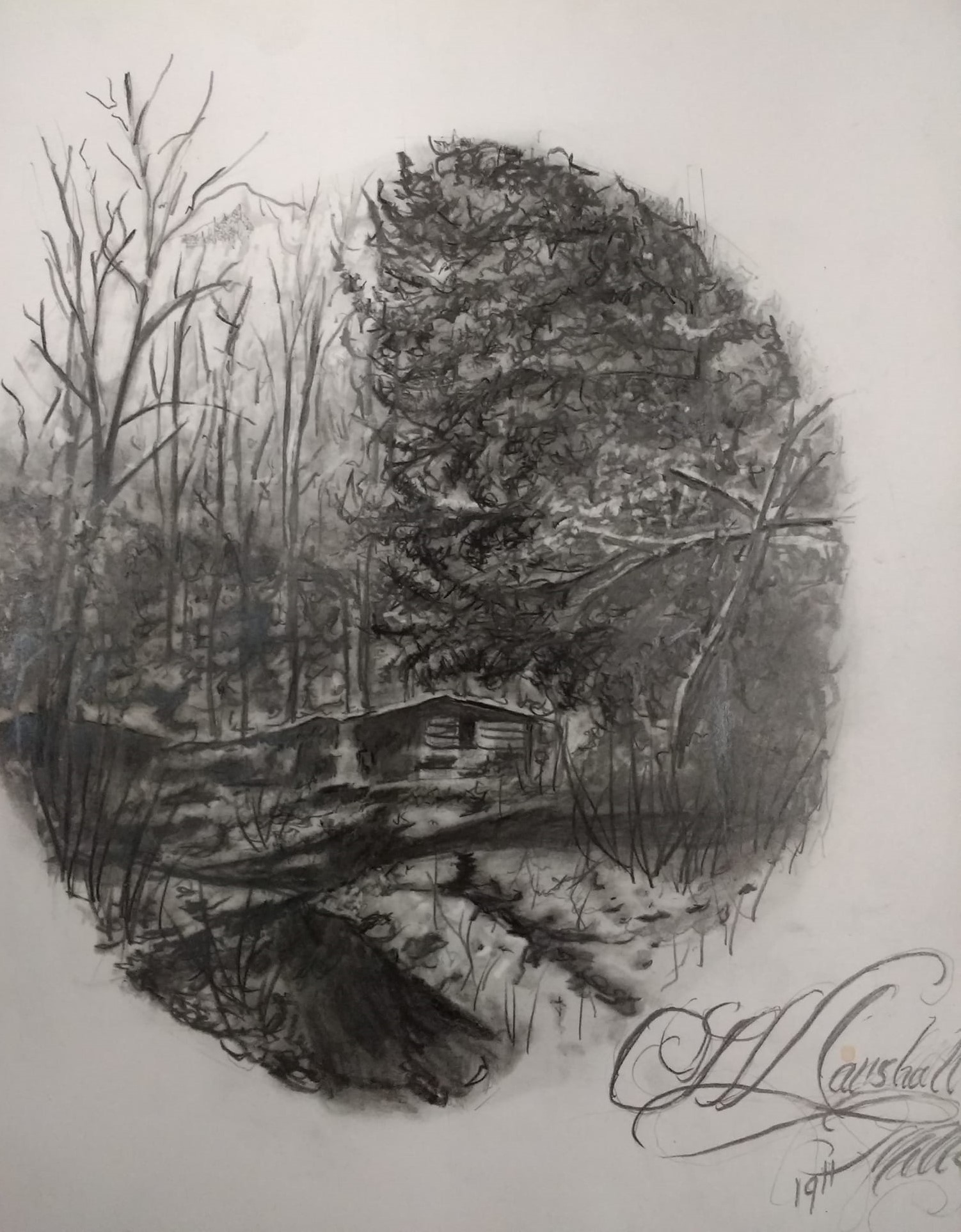
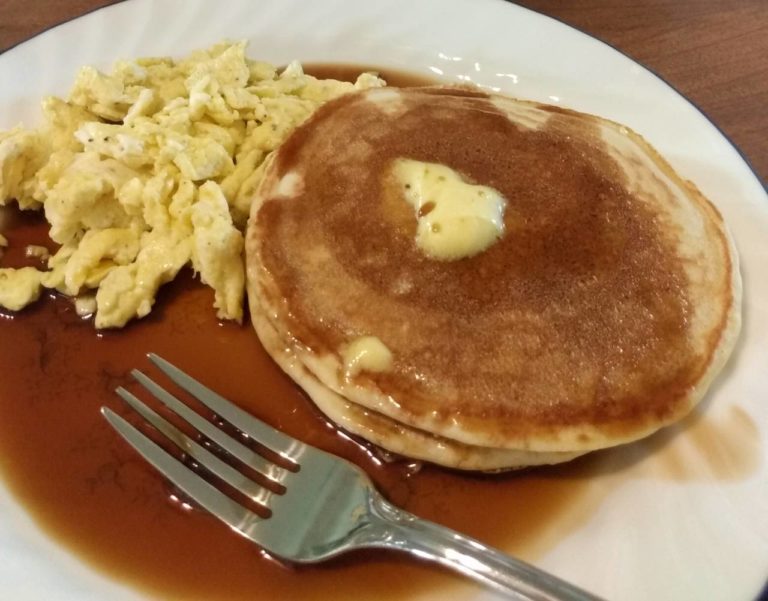
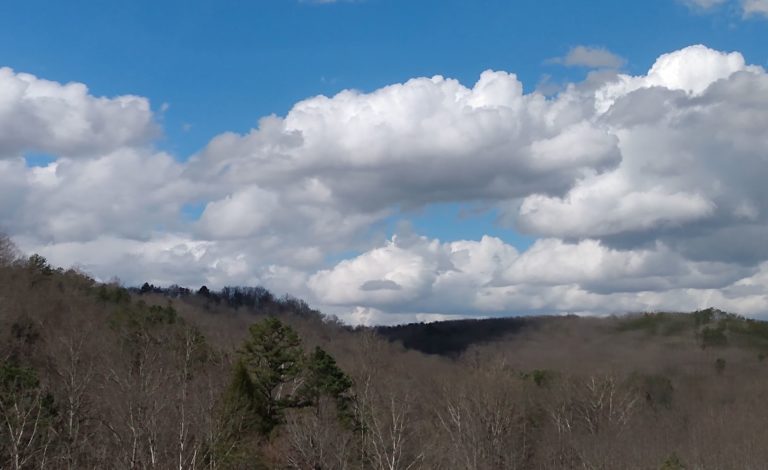
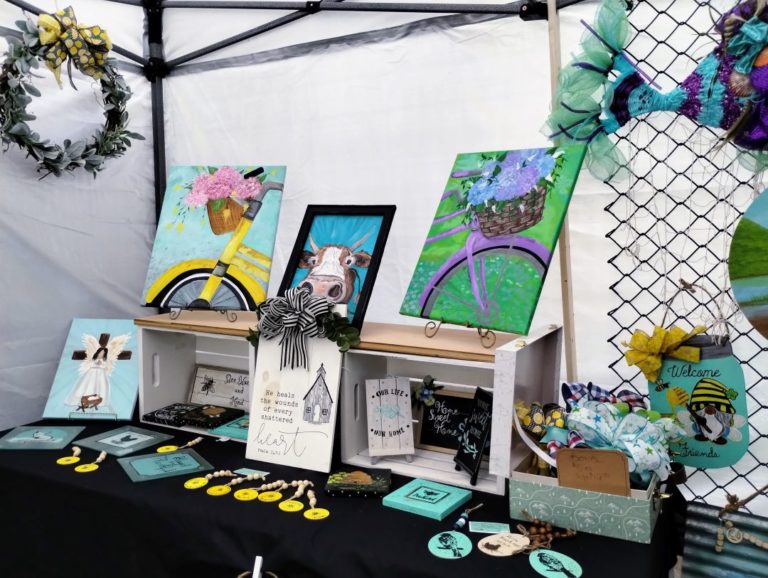

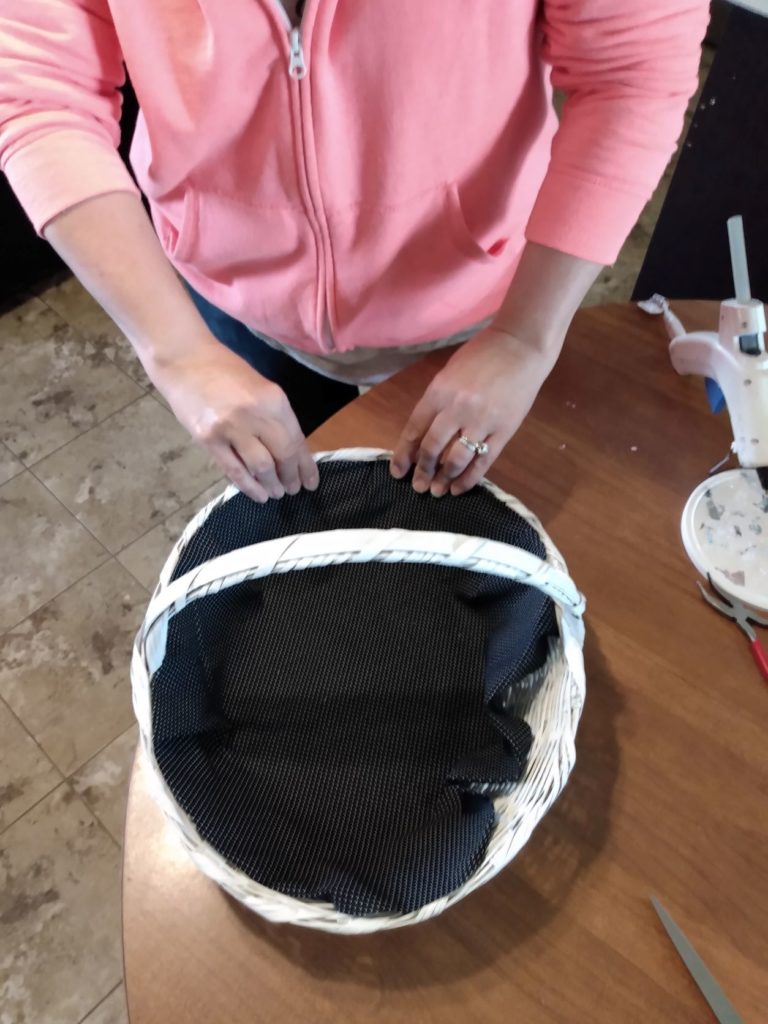
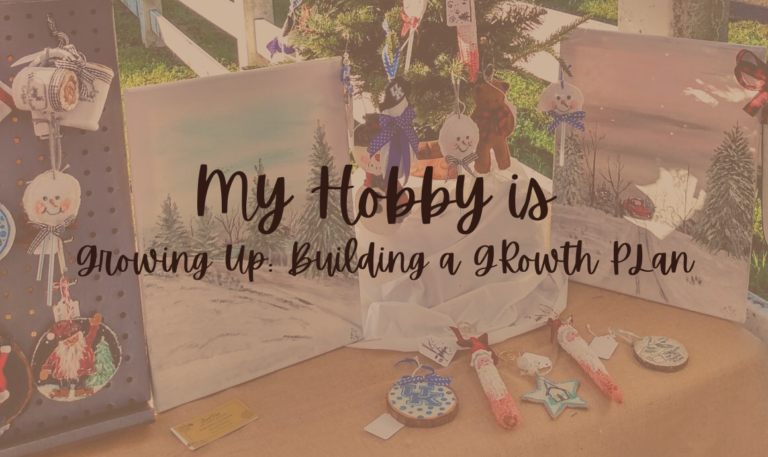
A very good and true story. I have heard Jimmy talk about it a lot.
Hi Linda. Thanks for stopping by. Glad you liked the post. Jimmy loved the popcorn balls that we made with our honey. I have that recipe somewhere. I will try to add it later.
You are a very good story teller Sis. Story is exactly the way I remember it but I could not tell the story as beautifully as you did.
Thank you sis. This time of year I miss Mom, Terri, and the boys so much. I wrote this in part as a tribute to them. I also wanted people to see how important honeybees are, and how being careful when spraying can make such a difference.